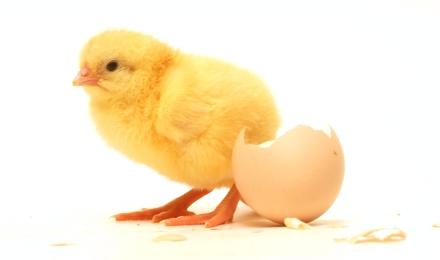
Chick study indicates potential adverse effects of mobile phone radiation on brain development

Background
The potential adverse effect of mobile phone radiation is currently an area of great concern in the field of public health. In the present study, we aimed to investigate the effect of mobile phone radiation (900 MHz radiofrequency) during hatching on postnatal social behaviors in chicks, as well as the effect on brain size and structural maturity estimated using 3.0 T magnetic resonance imaging. At day 4 of incubation, 76 normally developing chick embryos were divided into the control group (n = 39) and the radiation group (n = 37). Eggs in the radiation group were exposed to mobile phone radiation for 10 h each day from day 4 to 19 of incubation. Behavioral tests were performed 4 days after hatching. T2-weighted MR imaging and diffusion tensor imaging (DTI) were subsequently performed. The size of different brain subdivisions (telencephalon, optic lobe, brain stem, and cerebellum) and corresponding DTI parameters were measured. The Chi-square test and the student’s t test were used for statistical analysis. P < 0.05 was considered statistically significant.
Results
Compared with controls, chicks in the radiation group showed significantly slower aggregation responses (14.87 ± 10.06 vs. 7.48 ± 4.31 s, respectively; P < 0.05), lower belongingness (23.71 ± 8.72 vs. 11.45 ± 6.53 s, respectively; P < 0.05), and weaker vocalization (53.23 ± 8.60 vs. 60.01 ± 10.45 dB/30 s, respectively; P < 0.05). No significant differences were found between the radiation and control group for brain size and structural maturity, except for cerebellum size, which was significantly smaller in the radiation group (28.40 ± 1.95 vs. 29.95 ± 1.41 cm2, P < 0.05). The hatching and heteroplasia rates were also calculated and no significant difference was found between the two groups.
Conclusions
Customer support service by UserEcho
